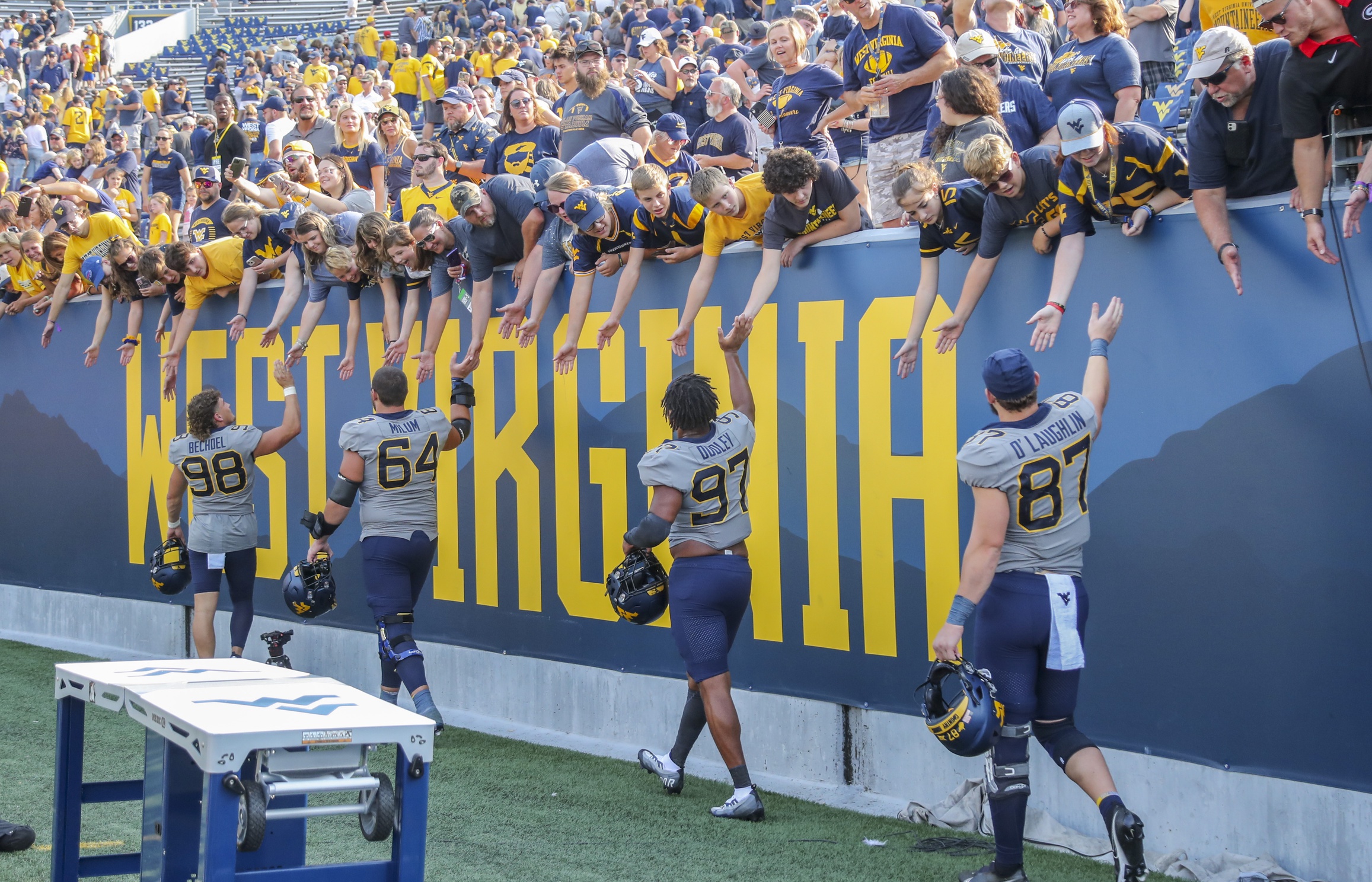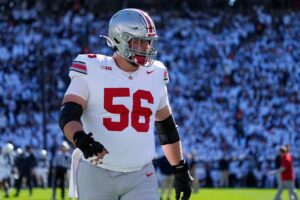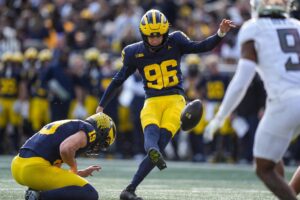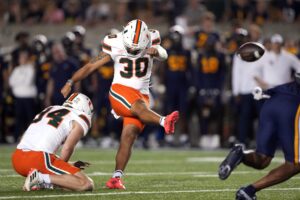Morgantown, we have a problem. This is a strange way for us to begin our off-season coverage of the West Virginia Mountaineers, but we think most fans understand the state of the WVU football program. We do not think all hope is lost but are troubled by a comment during the Old Gold and Blue Game by Athletic Director Wren Baker. He seemed to caution fans that the Mountaineers begin the 2023 season with the difficult part of their schedule. It is almost as if to forewarn fans that the results may not fall in line with fans’ demands of their program, yet again.
The Current Problem
Over the last four seasons, the West Virginia Mountaineers field a 22-25 record (a 47% winning percentage). To find a similar stretch of losing football, fans must look back to the Frank Cignetti era, where the Mountaineers went 17-27. The era ended in 1979. Even during that era, the Mountaineers at least found themselves ranked at some point. To find a four-year stretch where West Virginia never had an AP ranking, fans must look back further to a 10-year stretch spanning Art Lewis, Gene Corum, and Jim Carlen. The streak ended in 1968. In short, this is the longest streak of futility the Mountaineers faced in nearly 50 years.
The on-field results have caused the Mountaineers to have a similar streak of limited NFL draftees. Beginning with the 2020 draft, West Virginia entered just four players into the NFL through the draft. All four fell to the fifth round or below. Fans must go back to the 2001-2004 NFL drafts to find a worse performance by this measure. During that span, WVU placed just three into the NFL via the draft. Simply, these are not positive trends for Head Coach Neal Brown.
College Football At A Crossroads
To highlight the full breadth of the issue, we first look at college football generally. We find ourselves firmly in the beginning stages of the next round of conference realignment. In July 2021, the SEC officially invited Texas and Oklahoma to join the conference for the 2025 season. The relevant parties (the networks, really) negotiated an early exit for the 2024 season. A year later, USC and UCLA announced they were joining the Big Ten beginning with the 2024 season. Though big dominoes, fans generally sense this is just the beginning of a trend.
Where that trend might end remains anyone’s guess. That said, it seems likely that within this decade, the Big Ten and SEC will invite a few more teams to form the “Big Two,” and that the remaining Power Five teams will consolidate into two conferences that, together with the Big Two, would comprise the new “Power Four.” Will this merge into a standalone league that features promotion and relegation? We had fun with the idea previously, but it seems unlikely.
Against this backdrop, we have also entered the era where student athletes can make money for the use of their NIL generally without issue for the players and schools. Student-athletes can also freely transfer to a school of their choice. This looks a lot like a free agency system (with no defined salary cap) where lesser schools will simply become development and feeder schools for the Big Two.
What This Means For West Virginia
West Virginia currently finds itself on solid ground to remain in the Big 12, which looks poised to remain a Power Four school once the decks are reshuffled. West Virginia still finds itself in an odd position, though. The Big 12 adding Cincinnati and UCF next season will certainly help ease travel concerns, but West Virginia still represents a geographical oddity. Sure, we can say the same about USC and UCLA in the Big Ten, but the estimated per-team payout of around $100 million certainly offsets that.
By comparison, the new deal for Tier 1 rights for the Big 12 pays out just $32 million a year. Total conference-generated revenue per school may end up right around $50 million a year. These figures eclipse current estimates for the ACC and PAC-12, but it certainly allows the rich to get richer.
For any chance to close that gap, West Virginia needs to think forward sooner rather than later. It must coalesce as many resources as possible and use them as wisely as the can to rebuild a winning football program that meets the standard and traditions that prior teams have set. For now, Morgantown, we have a problem. That problem, however, could grow exponentially without effective solutions.
Over the course of our off-season coverage, we will offer some thoughts on how the program and the fans that support it might work together to solve the problems. The first step in doing so, though, is for fans and supporters to realize there is indeed a significant problem looming on the horizon.
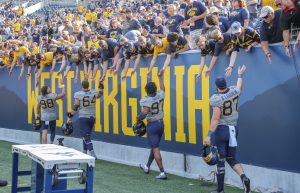
Photo courtesy: Ben Queen-USA TODAY Sports


